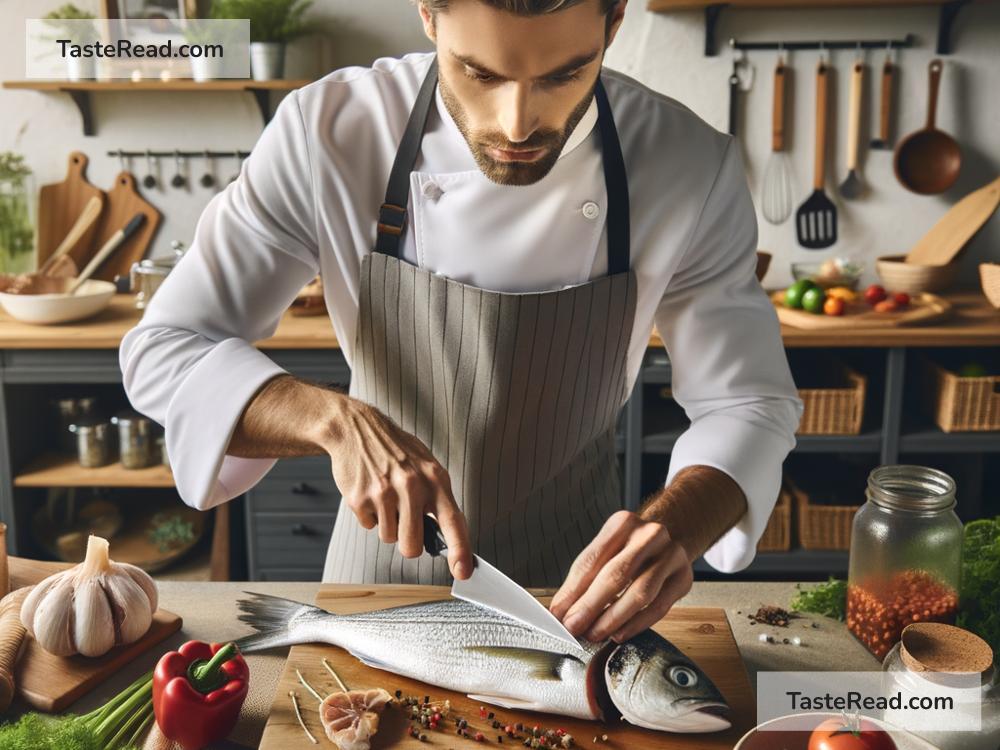Zero-Waste Cooking: How to Use the Whole Fish
In today’s eco-conscious world, zero-waste cooking is not just a trendy idea—it’s a necessary step toward a sustainable lifestyle. When it comes to cooking, every small step towards reducing waste counts, and utilizing every part of the food we buy is a fantastic place to start. One area where you can make a significant impact is with seafood, specifically in how you use the whole fish.
Fish is a staple in diets across the globe, offering a rich source of protein, vitamins, and minerals. However, a substantial amount of what we buy can end up in the trash if we’re only focused on fillets. By using the whole fish—from tail to head—you not only honor the life of the fish but also get the most out of your purchase. Here’s how you can do it:
1. Fillet the Fish
The journey starts with filleting the fish, which means removing the bones and skin to get the prime cuts of meat. This may seem daunting at first, but with a little practice, you’ll get the hang of it. There are plenty of tutorials online to guide you. Remember, the goal here is to get as close to the bone as possible, minimizing waste.
2. Make Fish Stock
After filleting, you’re left with the carcass, which includes the bones and head. Instead of throwing these parts away, they can be used to make a rich, flavorful fish stock. Simply simmer these parts with some water, vegetables (like onions, carrots, and celery), and herbs for about an hour. Fish stock is a great base for soups, stews, and risottos, adding depth and flavor to your dishes.
3. Utilize the Skin
Fish skin, when cooked right, can be a delicious and crispy treat. Once you’ve removed the skin, you can season it with a little salt and perhaps some pepper or other spices. Bake or fry it until crisp, and you’ve got yourself a tasty snack or garnish. Not all fish skins are created equal, though—some are better suited for this than others, so it’s worth doing a little research or asking your fishmonger for advice.
4. Prepare the Offal
Yes, fish offal can be eaten and enjoyed! The liver and roe (fish eggs) are considered delicacies in many cultures. They can be gently cooked and seasoned to make delicious spreads or additions to your meals. If the fish is fresh and properly handled, don’t shy away from using these as they offer unique flavors and are packed with nutrients.
5. Use the Head and Tail
While they may not seem appealing at first, the head and tail of a fish can be used in cooking to add flavor to your dishes. The head, especially, contains bits of meat that can be used in making soups, curries, or stocks. The eyes and cheeks are considered delicious by many around the world. As for the tail, it can add visual flair and taste to broths and other slow-cooked dishes, so don’t be too quick to discard these parts.
Thinking Beyond the Plate
Zero-waste cooking with fish is not just about utilizing every part of the fish—it’s also about making mindful choices from the moment you decide to buy. Here are a few tips to consider:
-
Buy Whole Fish: Whenever possible, opt for a whole fish. Not only does it give you the freedom to utilize every part, but whole fish are often fresher than pre-cut fillets.
-
Choose Sustainable: It’s essential to choose fish that are sustainably sourced. Look for labels like MSC (Marine Stewardship Council) or ask your local fishmonger for advice.
-
Reduce Plastic Use: Bring your own container when buying fish to reduce the use of plastic packaging.
-
Be Creative: See this as an opportunity to explore new recipes and cooking methods. There’s a world of dishes that utilize the whole fish, offering a culinary adventure while reducing waste.
Zero-waste cooking is an act of respect—towards the environment, the produce, and the producers. By using the whole fish, not only do you minimize waste, but you also maximize the value and enjoyment of your food. It’s a small, yet powerful step towards more sustainable living. So next time you’re preparing a fish, think twice before you throw any part of it away—there might just be a delicious opportunity waiting to be discovered.


